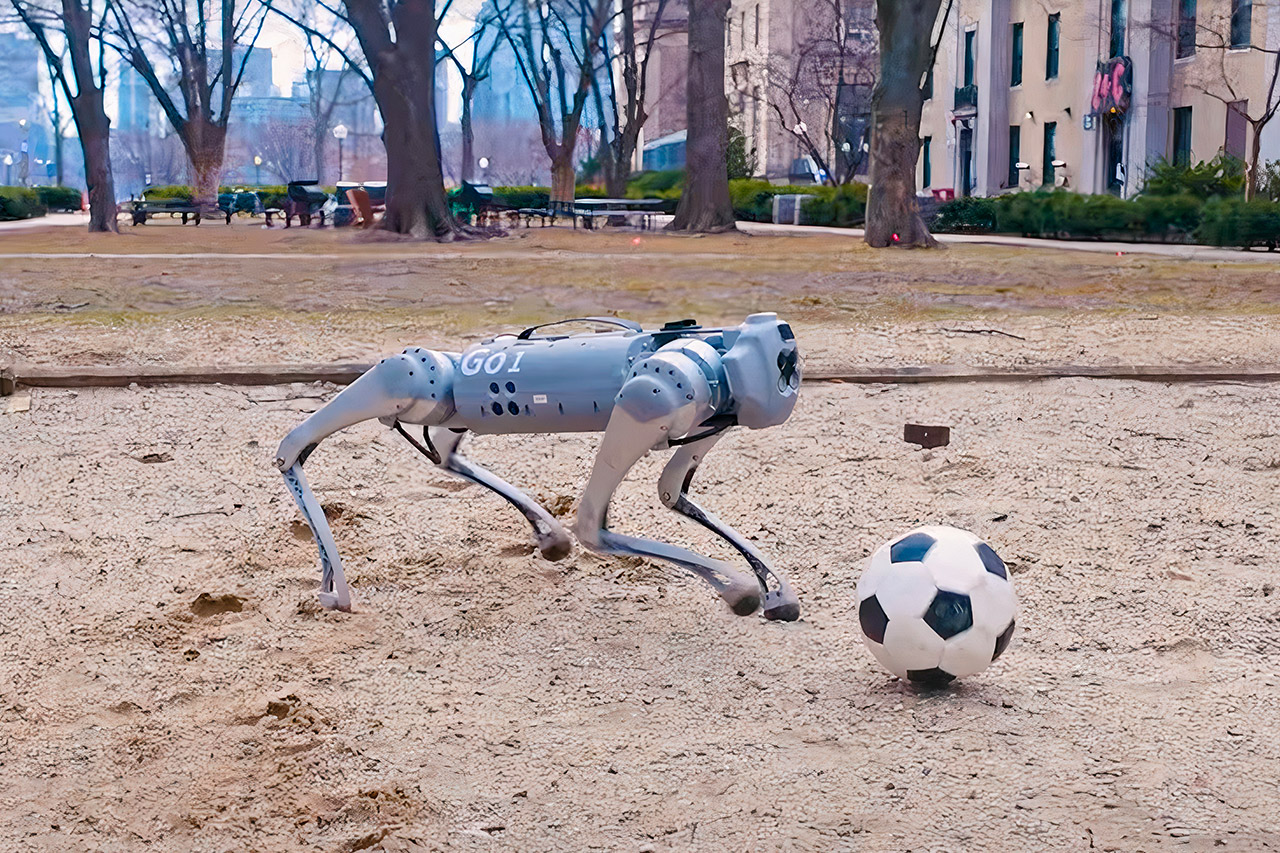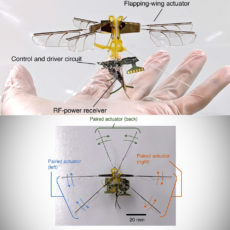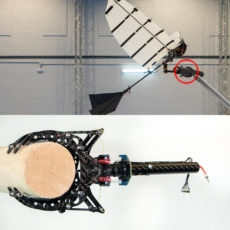
MIT researchers from the Computer Science and Artificial Intelligence Laboratory (CSAIL) have developed DribbleBot, a robot dog capable of maneuvering a soccer ball on various landscapes. Programming this robot required a digital twin of the natural world where a thousand versions of the robot are simulated in parallel in real time, enabling data collection 4,000 times quicker than just using one.
DribbleBot can also navigate unfamiliar terrains and recover from falls, thanks to a recovery controller the team built into its system. This specialized controller enables the robot get back up after a fall and switch back to its dribbling controller to continue pursuing the ball. Maneuvering the ball on various landscapes requires the robot to adapt its locomotion to modify the force applied.
- Ignite Your Passion - Featuring a detailed build-and-display model of a 1970s Fender Stratocaster guitar and a Fender 65 Princeton Reverb amplifier,...
- Realistic Features - The guitar is equipped with posable whammy bar, pickup switch, tuning pegs, six strings, Fender logo stickers, and a textile...
- Detailed Design - The Fender 65 Princeton Reverb amplifier has removable panels for an inside look at the motherboard, reverb tank, speaker, and more,...

One aspect of this reinforcement learning approach is that we must design a good reward to facilitate the robot learning a successful dribbling behavior. Once we’ve designed that reward, then it’s practice time for the robot: In real time, it’s a couple of days, and in the simulator, hundreds of days. Over time it learns to get better and better at manipulating the soccer ball to match the desired velocity,” said Gabe Margolis, MIT PhD student who co-led the work in the Improbable AI Lab.






